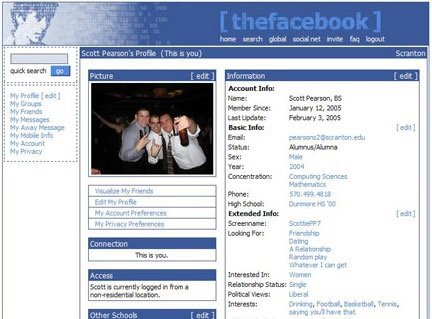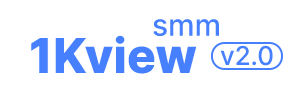The first version of Facebook, known as "Thefacebook," had a simple and straightforward design compared to its current appearance. When it was launched on February 4, 2004, it was primarily a social networking platform for college students at Harvard University. Here are some notable features and design elements of the early Facebook:
Profile Pages: Users had individual profile pages where they could provide personal information, including their name, profile picture, contact details, and a brief bio.
News Feed: The News Feed feature did not exist in the initial version of Facebook. It was introduced later to display updates and activities from friends in a centralized location.
Friends List: Users could connect with others by sending friend requests, and upon acceptance, the profiles of friends would appear in a designated section of their own profile page.
Wall: Each user had a wall where their friends could post messages, comments, and interact with each other. The wall served as a public space for communication and sharing.
Networks: Facebook was initially limited to individual college networks. Students could join their respective college networks and interact with other students within the same institution.
Photo Albums: The platform allowed users to create photo albums and share pictures with their friends. However, the photo-sharing functionality was more limited compared to the extensive features available today.
Messaging: Users had a basic messaging system called "Inbox," which allowed them to send private messages to their friends. However, this feature was not as advanced as the current Facebook Messenger.
Clean and Minimalistic Design: The early Facebook design had a clean and minimalistic aesthetic, with a predominantly white background and blue accents. The interface primarily focused on profile information, updates, and basic interactions.
It's important to note that Facebook has undergone numerous design updates and feature additions since its inception, evolving into the complex and multifunctional platform we see today.

